Heart disease remains one of the most prevalent health concerns globally, affecting millions of individuals across communities. Understanding how doctors check for heart disease is essential for early detection and effective management. From routine tests to advanced diagnostic procedures, healthcare providers employ a variety of methods to assess heart health and identify underlying conditions. This article delves into the key approaches used in clinics, hospitals, and medical centers to diagnose coronary heart disease and other related conditions.
Initial Steps: Gathering Information About Heart Health
When a patient visits a healthcare provider with concerns about their heart, the first step involves gathering detailed information. This process helps determine whether further heart tests are necessary.
Medical History and Risk Assessment
Doctors begin by asking questions about the patient’s symptoms, lifestyle, and family history of heart disease. Common symptoms like chest pain, shortness of breath, or fatigue can indicate potential issues. Additionally, risk factors such as high cholesterol, smoking, diabetes, and stress are carefully evaluated. Understanding these elements provides critical insights into the likelihood of coronary heart disease.
Physical Examination
A physical exam complements the patient’s medical history. During this assessment, doctors listen to the heart using a stethoscope to detect abnormal sounds, such as murmurs or irregular rhythms. They also check blood pressure and look for signs of fluid retention, which could suggest heart failure. These observations guide the next steps in care.
Blood Tests: Identifying Hidden Risks
Blood tests play a vital role in evaluating a patient’s overall health and identifying risk factors for heart disease. These tests are simple yet powerful tools in modern medicine.
Cholesterol Levels
One of the most common blood tests measures cholesterol levels, including LDL (“bad” cholesterol), HDL (“good” cholesterol), and triglycerides. High LDL cholesterol increases the risk of plaque buildup in arteries, a hallmark of coronary heart disease. Abnormal results often prompt additional testing.
Inflammatory Markers
Inflammation is closely linked to heart disease. Blood tests that measure C-reactive protein (CRP) help assess systemic inflammation, providing clues about cardiovascular health. Elevated CRP levels may indicate ongoing damage to blood vessels.
Blood Sugar Levels
Diabetes significantly raises the risk of heart disease. Fasting blood sugar tests or hemoglobin A1c measurements are routinely conducted to evaluate long-term glucose control. Poorly managed diabetes can lead to complications such as coronary artery disease.
Non-Invasive Heart Tests: Monitoring Electrical Activity and Structure
Non-invasive tests are often the first line of investigation when checking for heart disease. These procedures are safe, quick, and provide valuable information about heart function.
Electrocardiogram (ECG)
An electrocardiogram (ECG) is a fundamental test used to monitor the heart’s electrical activity. By placing electrodes on the chest, arms, and legs, doctors can detect abnormalities such as arrhythmias, ischemia, or evidence of a previous heart attack. An ECG is a cornerstone of heart tests and is frequently performed in clinics and hospitals.
Echocardiogram
An echocardiogram uses sound waves to create images of the heart’s structure and function. This test evaluates the heart’s chambers, valves, and pumping ability. It is particularly useful for diagnosing conditions like valvular heart disease, cardiomyopathy, and congenital defects. The echocardiogram is widely regarded as one of the most informative non-invasive heart tests available.
Stress Testing
Stress tests evaluate how the heart performs under physical exertion. During an exercise stress test, the patient walks on a treadmill while their heart rate, blood pressure, and ECG are monitored. If exercise is not possible, pharmacological stress tests simulate the effects of exercise using medications. These tests help identify reduced blood flow caused by coronary artery disease.
Advanced Diagnostic Procedures: When More Information Is Needed
When non-invasive tests suggest significant heart disease, more advanced procedures may be required. These invasive tests provide detailed insights into the heart’s condition.
Coronary Angiogram
A coronary angiogram is a specialized procedure used to visualize blockages in the coronary arteries. During this test, a contrast dye is injected into the arteries, and X-ray images (angiography) are taken. This method is considered the gold standard for diagnosing coronary heart disease and planning treatments such as stent placement or bypass surgery.
Cardiac MRI and CT Scans
Cardiac magnetic resonance imaging (MRI) and computed tomography (CT) scans offer highly detailed images of the heart. These advanced imaging techniques are particularly useful for assessing complex conditions, such as myocardial viability or congenital anomalies. Unlike traditional angiography, cardiac MRI does not involve radiation exposure, making it a safer option for some patients.
Monitoring Heart Rhythms Over Time
Some heart conditions, such as arrhythmias, may not be apparent during a single visit or short-term test. Portable devices are used to track heart rhythms over extended periods.
Holter Monitor
A Holter monitor is a wearable device that records the heart’s electrical activity continuously for 24 to 48 hours. Patients wear the monitor while going about their daily activities, ensuring that transient episodes of abnormal rhythms are captured.
Event Recorder
Event recorders are similar to Holter monitors but are designed for longer-term use, ranging from days to weeks. These devices activate only when the patient experiences symptoms and presses a button, allowing targeted data collection.
Lifestyle Modifications and Preventive Care
Beyond diagnostic testing, addressing modifiable risk factors is crucial for managing heart disease. Healthcare providers emphasize the importance of adopting a heart-healthy lifestyle, including:
- Eating a balanced diet rich in fruits, vegetables, whole grains, and lean proteins.
- Engaging in regular physical activity to improve cardiovascular fitness.
- Quitting smoking and reducing alcohol consumption.
- Managing stress through relaxation techniques or counseling.
Medications such as statins, beta-blockers, and ACE inhibitors may also be prescribed to lower cholesterol, control blood pressure, and reduce the risk of complications.
The Role of Community and Healthcare Institutions
Community organizations, hospitals, and healthcare institutions play a pivotal role in raising awareness about heart disease. Initiatives led by groups like the Heart Foundation provide valuable information about prevention, treatments, and support for patients and their families. These efforts empower individuals to take charge of their health and seek timely care.
Conclusion: Prioritizing Heart Health
Understanding how doctors check for heart disease is essential for early detection and effective treatment. From initial consultations and blood tests to advanced procedures like echocardiograms and coronary angiograms, each step in the diagnostic process contributes to a comprehensive evaluation of heart health. By leveraging these tools and promoting preventive care, healthcare providers can help patients manage risk factors and improve outcomes. Whether you’re seeking information at a clinic, hospital, or community center, taking proactive steps toward heart health is a vital investment in your future.
Take Control of Your Heart Health Today – Choose NY Choice Medical!
At NY Choice Medical, your heart health is our top priority. Whether you’re experiencing symptoms or simply want to stay ahead of potential risks, our team of dedicated healthcare professionals is here to guide you every step of the way. From comprehensive heart tests like echocardiograms and electrocardiograms (ECG) to advanced diagnostics such as coronary angiograms and cardiac CT scans, we provide personalized care tailored to your unique needs.
Don’t wait until it’s too late—early detection saves lives. Schedule your consultation today and take the first step toward a healthier tomorrow.
Frequently Asked Questions About Heart Disease Testing
At NY Choice Medical, we understand that navigating heart health can feel overwhelming. To help you better understand how doctors check for heart disease and the tests involved, we’ve compiled answers to some of the most common questions patients ask.
2. What types of blood tests are used to evaluate heart health?
Blood tests play a key role in assessing your risk for heart disease. Common tests include:
- Cholesterol Levels: Measures LDL ("bad" cholesterol), HDL ("good" cholesterol), and triglycerides to identify risks for plaque buildup in arteries.
- C-Reactive Protein (CRP): Detects inflammation in the body, which can indicate damage to blood vessels.
- Blood Sugar Tests: Evaluates fasting glucose or hemoglobin A1c levels to assess diabetes risk, a major contributor to coronary heart disease.
- Cardiac Biomarkers: Tests like troponin and B-type natriuretic peptide (BNP) help diagnose acute conditions such as heart attacks or heart failure.
These tests provide valuable insights into your overall cardiovascular health and guide treatment decisions.
3. What is an echocardiogram, and why is it important?
An echocardiogram is a non-invasive test that uses sound waves to create detailed images of your heart’s structure and function. It allows doctors to evaluate the size and shape of your heart, the condition of its valves, and how well it pumps blood. This test is particularly useful for diagnosing conditions like valvular heart disease, cardiomyopathy, and congenital defects. Because it provides real-time information without radiation exposure, the echocardiogram is one of the safest and most informative heart tests available.
4. When is a coronary angiogram recommended?
A coronary angiogram is typically recommended when less invasive tests suggest significant blockages in the coronary arteries. This procedure involves injecting a contrast dye into the arteries and taking X-ray images (angiography) to visualize areas of narrowing or obstruction. It is considered the gold standard for diagnosing coronary artery disease and helps doctors plan treatments such as stent placement or bypass surgery. If you experience persistent chest pain, have a high risk of coronary heart disease, or show abnormal results on stress tests, your doctor may suggest this test.
5. Are there any non-invasive ways to monitor my heart over time?
Yes! For patients who need long-term monitoring, non-invasive devices like Holter monitors and event recorders are excellent options. A Holter monitor is a portable device worn for 24 to 48 hours to continuously track your heart’s electrical activity during daily activities. An event recorder , on the other hand, is used for longer periods (days to weeks) and only records data when you experience symptoms and press a button. These tools are especially helpful for diagnosing intermittent arrhythmias or other conditions that may not appear during a single office visit.

